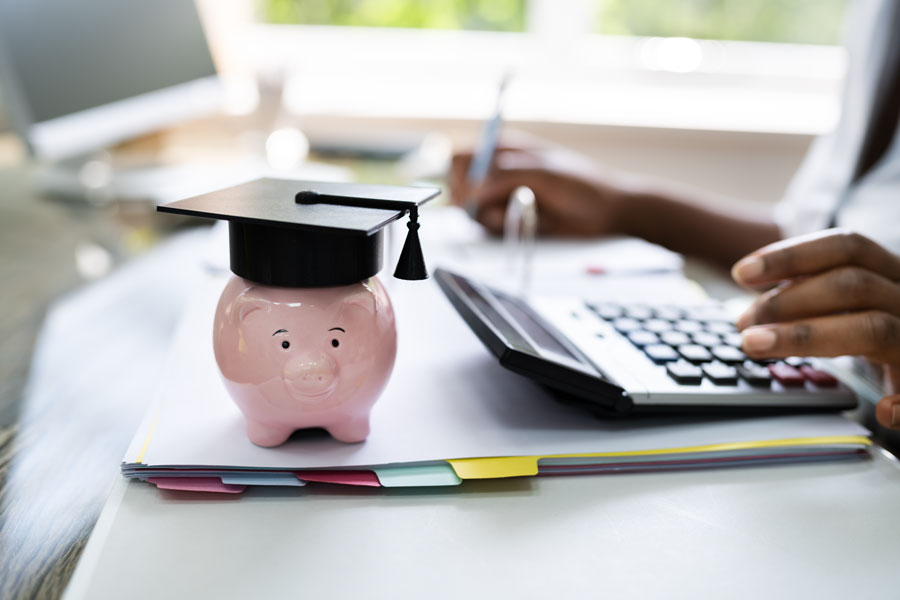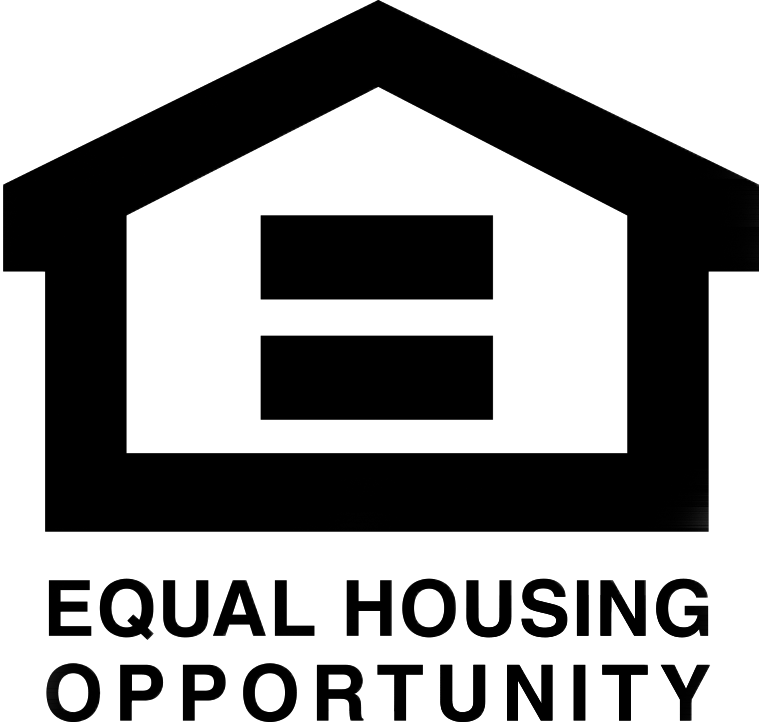Student Loan Relief Ending; What Options Are There for Borrowers?
Thanks to the U.S. Department of Education’s COVID-19 student loan relief program, federal borrowers haven’t been required to make payments on their debts in over three years. However, that payment freeze is soon to come to an end, with student loans having already resumed accruing interest as of September 1st and monthly payments set to resume in October.

Student loan forbearance was initially ordered by then-President Donald Trump in March 2020 as the COVID-19 pandemic first took hold; it was later upheld by the Biden Administration, with a total of nine extensions being instituted before the end of the program in October 2023.
During forbearance, federal student loan borrowers were allowed to skip payments, and the interest rate on federal loans owned by the Department of Education were set at zero percent.
Currently, there will be no additional extensions due to a provision passed by Congress on June 2 in the federal debt ceiling deal, so like it or not, student borrowers will be required to begin to pay back the money they had borrowed. But what options are available for them to soften the financial blow?
When federal student loan repayment resumes in October, previous loan balances will be listed, with any loan cancellation that a borrower may have qualified for under surviving loan forgiveness or cancellation measures being listed.
But with the threat of repayment looming, borrowers need to start planning for how they will handle the resumption of those payments and come up with a comprehensive plan to deal with them. Student borrowers have several options available to them, which are listed as follows.
First, it is recommended that you contact your student loan servicer; in the event that the company that manages your student loans has changed since forbearance began, you can find out who is handling that now by logging into StudentAid.gov. Once you have contacted your student loan servicer, inquire about how much you owe and what payment plans are available to you. If available, you should opt into automatic payments, which could qualify you for a 0.25 percentage point interest rate discount.
You could also consider the possibility of an income driven repayment plan, which can lower your monthly bills to a percentage of your current discretionary income. If you qualify, your payment could be as low as $0.00 per month, so the sooner you apply, the better.
Also, President Joe Biden announced on June 30th the launch of the “Saving on A Valuable Education” plan (SAVE), which could enable qualified borrowers to save a significant amount of money. Another option is to enroll in the temporary Fresh Start program if your loans were in default before forbearance began; this option could help borrowers get back into good standing.
And finally, there are options out there that would allow borrowers to consolidate their student loan debt. If a student is paying off at least one of their loans in full at closing, and the loan is still set up as a cash out transaction, it is eligible for rate and term pricing when the following requirements are met:
- No additional debts are included, such as installment debt, revolving debt, judgment, lien, etc.
- Purchase money seconds can be included.
- Incidental cash back does not exceed the lesser of 2 percent of the loan amount or $2,000.
- At least one client must be obligated on the student loan debt.
Regardless of how a borrower chooses to handle the end of student loan forbearance, it is highly recommended that they begin planning for how they will repay their obligations as soon as possible.

